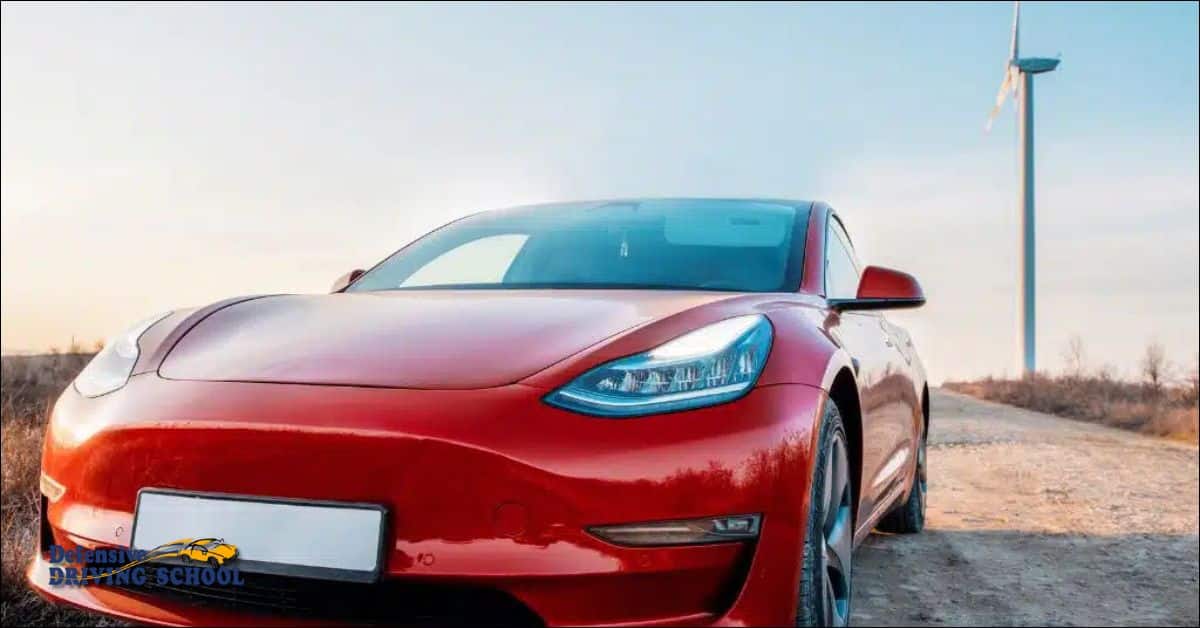
Fuel prices are high, and environmental awareness is growing; many drivers are looking for better ways to reduce costs and their carbon footprint. One practical solution is eco-driving.
But what is eco-driving, and how can it make a difference in your daily routine? This guide answers the most common questions about eco driving and how it can help you save fuel and drive smarter.
What Is Eco Driving?
Eco driving is a set of driving techniques aimed at improving fuel efficiency and reducing emissions. It encourages smoother acceleration, more consistent speeds, reduced idling, and better awareness of traffic conditions.
The goal is to drive in a way that lowers fuel consumption, extends the life of your vehicle, and minimizes your impact on the environment—all without sacrificing convenience or safety.
Why Should You Care About Eco Driving?
Eco-driving is important because it offers both immediate and long-term benefits:
- Saves fuel: You spend less at the pump.
- Reduces emissions: Lower fuel use means fewer greenhouse gases.
- Improves safety: Smoother driving leads to fewer accidents.
- Protects your car: Less strain on brakes, tires, and the engine reduces maintenance costs.
By changing the way you drive, you can make a real difference for your wallet, your vehicle, and the planet.
What Are the Core Principles of Eco Driving?
To understand what is eco driving in practice, here are the core habits that define it:
1. Smooth Acceleration and Braking
Avoid sudden stops or rapid starts. Gentle acceleration and gradual braking use less fuel and reduce wear on your vehicle.
2. Maintain a Steady Speed
Fluctuating your speed wastes gas. Use cruise control when appropriate to keep your speed consistent, especially on highways.
3. Anticipate Traffic Flow
Look ahead at traffic lights, turns, and congestion. Ease off the gas early rather than stopping abruptly.
4. Shift Gears Properly
In manual vehicles, shift to higher gears early without overworking the engine. Driving in the correct gear improves fuel efficiency.
5. Turn Off the Engine When Idling
If you’re stopped for more than a minute, it’s often better to turn off your engine than let it idle.
6. Be Smart About Air Conditioning
Air conditioning can increase fuel consumption. Use it wisely and try alternatives like fan settings or open windows on mild days.
7. Keep Tires Properly Inflated
Low tire pressure increases rolling resistance and reduces gas mileage. Check tire pressure monthly and inflate as recommended.
How Does Eco Driving Help You Save Fuel?
Eco driving minimizes the energy your vehicle uses by cutting down on unnecessary acceleration, idling, and braking. For example:
- Driving at a consistent speed can improve gas mileage by 10–15%.
- Turning off your engine during long waits can save up to half a gallon of fuel per hour.
- Using the highest efficient gear reduces strain on the engine, lowering fuel use.
Small changes in how you drive can lead to significant savings over time.
Can Eco Driving Extend the Life of Your Car?
By driving more gently, your vehicle experiences less wear and tear. Here’s how:
- Brakes last longer when you avoid hard stops.
- Engines perform better when they aren’t over-revved.
- Tires wear evenly when you drive at stable speeds and maintain proper inflation.
Routine eco driving reduces the frequency of costly repairs and keeps your vehicle running smoothly.
Does Eco Driving Work in City Traffic?
City traffic is one of the best environments to apply eco-driving habits:
- Coast to red lights instead of speeding up and stopping suddenly.
- Avoid tailgating so you don’t have to brake hard.
- Use navigation tools to choose less congested routes.
- Combine errands into one trip to limit cold engine starts.
Even in stop-and-go conditions, eco driving techniques reduce fuel use and stress.
How Can You Practice Eco Driving on the Highway?
Highway driving offers excellent opportunities to maximize fuel efficiency through eco-driving:
- Use cruise control to maintain a steady speed.
- Avoid unnecessary lane changes that require braking and accelerating.
- Keep windows closed at high speeds to reduce drag.
- Avoid carrying roof racks or cargo boxes when not needed.
These strategies help maintain momentum and reduce energy waste on longer trips.
What Tools and Technology Support Eco Driving?
Modern vehicles and mobile apps make it easier than ever to adopt eco-driving habits:
1. Eco Driving Features in Cars
Many cars come equipped with features like:
- Eco mode: Adjusts throttle response and transmission for fuel savings.
- Start-stop systems: Automatically shut off the engine at red lights.
- Eco indicators: Show real-time fuel efficiency to guide your driving.
2. Navigation Apps
Apps like Google Maps and Waze now offer route suggestions based on fuel efficiency and traffic patterns.
3. Fuel Tracking Apps
Tools like Fuelly or Drivvo let you log mileage, fuel consumption, and service intervals to track your driving habits over time.
Why Eco Driving Is Worth It
So, what is eco-driving? It’s a smart, efficient, and responsible way to get from point A to point B. Whether you’re focused on saving money, protecting the environment, or keeping your vehicle in top shape, eco driving has something to offer every driver.
If you’re ready to improve your skills and make eco driving part of your daily routine, contact Defensive Driving School to see how we can help you succeed with a trusted driving school in Washington.
Our experienced instructors can provide practical guidance tailored to your needs, helping you drive smarter, safer, and more sustainably.